I was recently interviewed by Style Me Pretty about the current interest in the wedding industry for “natural light.” You can check out the article here and read more of my thoughts below!
What is natural light photography?
What does this phrase “natural light” even mean? It’s a phrase that is commonly shared and often misunderstood!
Natural light photography primarily utilizes the ambient light in a setting, instead of primarily using artificial light (flash). Example: a great natural light image will be taken with window light instead of a flash.
The natural light style often consists of:
– Soft and indirect light vs. harsh/contrasty light
– The “film look”
– Lens flares (sunset light flooding an image) here and here and here and here
– Moody black and whites (here and here and here)
– Evening photos that glow with moody string light and candlelight (here and here and here and here)
– Absence of flash/artificial light (which creates shiny faces)
– An organic, “in-the-moment” feeling
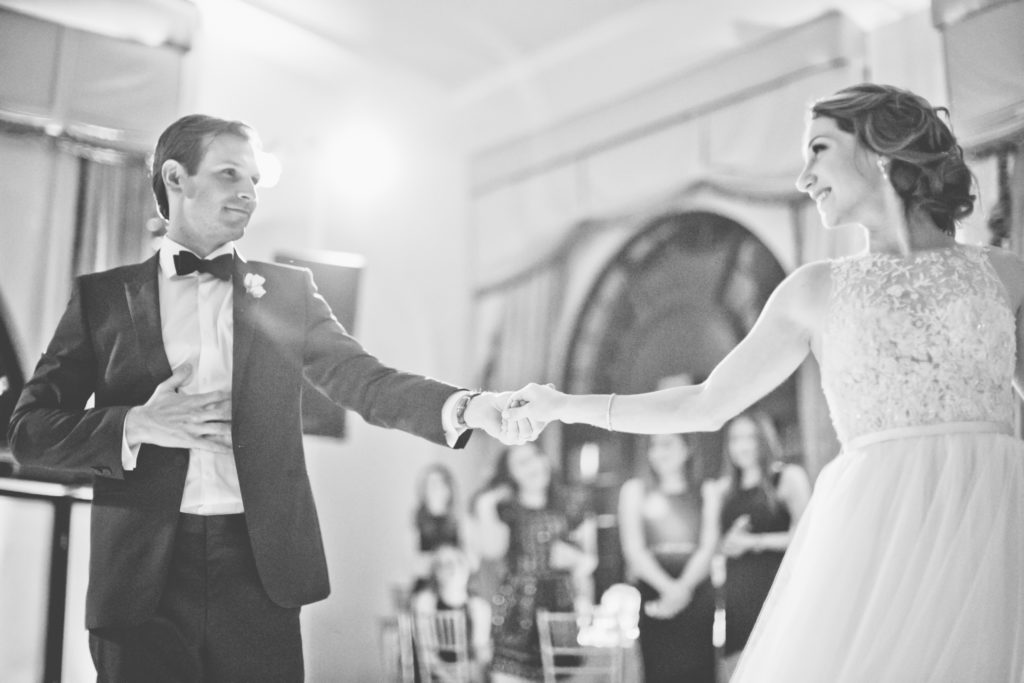
What are the benefits of shooting a wedding/engagement session with natural light?
When handled correctly, natural light is very flattering when it’s soft and indirect. This best occurs during the “golden hour” (around sunset time), in the shade, and near large windows and doors that flood indirect light. It has a very attractive effect on a subject’s face, as the light smooths imperfections and wrinkles, and feels very dreamy. I love shooting with natural light and my clients love it too.

What are the cons, if any?
Natural light imagery can look very moody in the evening. Low-light photography without flash can be softer, even a little grainy. If you prefer very crisp and sharp images with flash, then you may not want to hire a natural light photographer as there will be a variety of moody and softer images captured.
What do couples need to know about natural light photography?
Misconception #1: You need to hire a film photographer for natural light.
Nope! With the modern digital age we are in, current professional digital cameras are superseding film in their versatility. For example: today’s digital cameras can shoot in extreme darkness (a pitch-black wine cave reception) without flash, whereas the highest film grains cannot reach to this level of darkness without being extremely spotty/grainy. It’s a matter of preference.
Misconception #2: Natural light photographers don’t use flash.
This is possibly the riskiest misconception of all. The most incredibly moody evening images capture the glow of the candlelit and bistro lights. The warmth of the party is felt through this romantic light. In order to capture this properly, it’s oftentimes too dark without flash. However, a skilled natural light photographer knows exactly how to balance the ambient background lights with artificial (flash) lighting in their camera, so that the image looks as close as it the moment looked to the eye of the guests that evening. It takes a lot of training and experience with a professional flash to know how to do this and create a look that feels like it did when you were at the event.
What’s the alternative? Either bright flash that creates shiny foreheads -OR- No flash that leaves an image dark and blurry, or underexposed).
An expert natural light photographer BALANCES both.
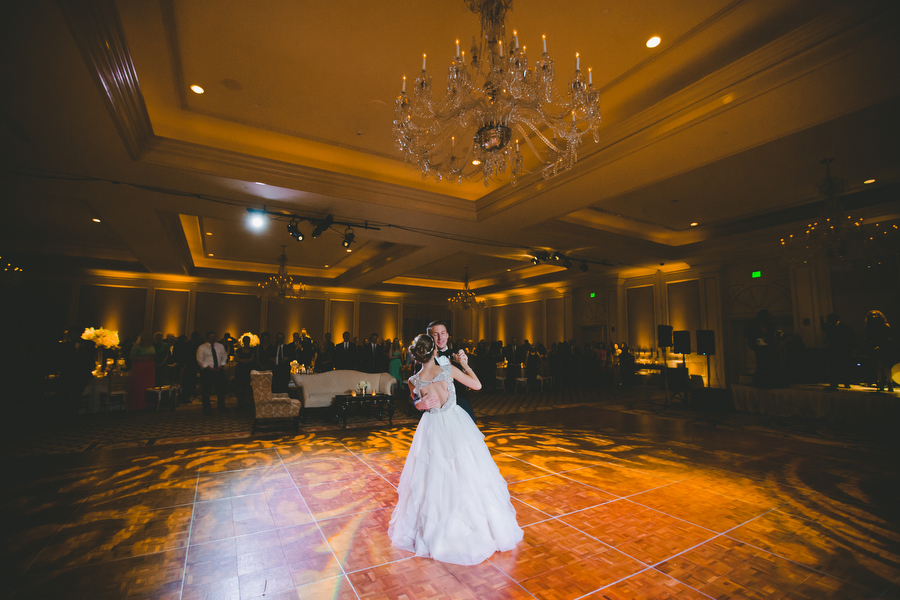
Misconception #3: If a photographer identifies as “a natural light photographer” then I’ll love all of their images.
Not the case. Not all natural light imagery is pretty!
Natural daylight must be handled very specifically to be flattering.
For example: It’s 2:00pm in the afternoon on a bright and sunny day. Light can be very bright and harsh in open and exposed daylight (i.e. in a vineyard or open field). However, the sun is always traveling at a rotational angle around the earth, which means sunlight always is falling at an angle. Why does this matter? It means that a skilled photographer knows to position accordingly to maximize the SOFT light even at 2:00pm in the afternoon.
How can a bride know she is selecting a photographer with the skills and expertise to shoot this style?
The easiest way to know if a photographer is expert trained in natural light is to view their imagery taken in low lighting (evenings). Low-lighting is the achilles heel of many new photographers, as it requires a lot of training and practice (and expensive camera equipment) to take great photos in darkness.
While you should always ask to view a full wedding sample from any photographer you are considering hiring, be sure to request galleries with similar evening reception environments to your wedding reception venue.
Expert natural light photographers will always use all “Prime” lenses: These lenses allow a greater amount of light into the camera, which makes it possible to capture sharp images in dark rooms, concerts, dance clubs. They typically run $1,000/each. Good reliable gear is necessary investment for professional natural light photographers.
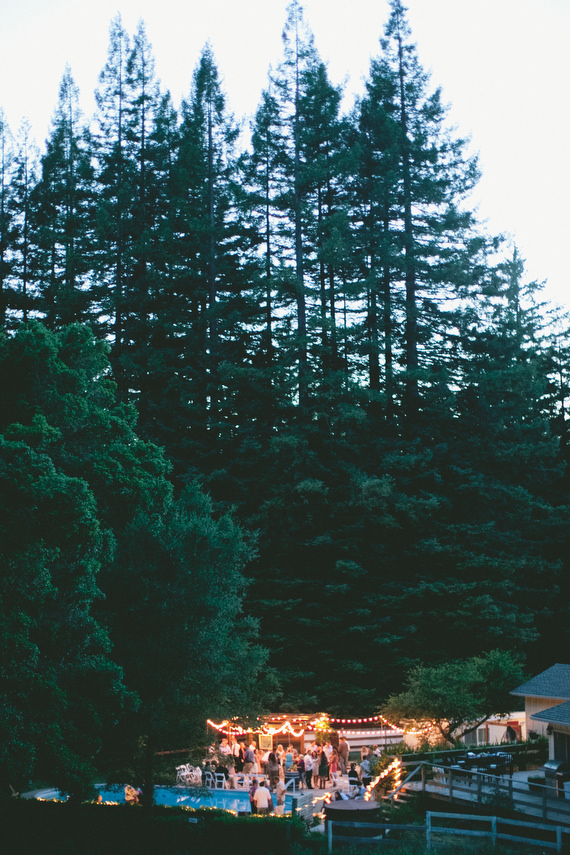
What kind of brides typically like this style?
Romantic and creative brides love natural light photography! The soft lighting technique works especially well in garden and ranch environments. Brides who like film and black and white imagery generally love natural light.
How does natural light photography differ from other styles?
Natural light photography is softer and more “organic” than a commercial/editorial look. Those images tend to have more artificial lighting, are very glamorous and often are enhanced and retouched to look smooth and sleek. Natural light is warmer and more approachable for the laid-back couple.

Does natural light typically cost more?
Natural light does not cost more unless the photographer is shooting in film (Film developing and processing is more costly than digital). I’ll echo what I shared earlier on this: digital photography is incredible at natural light, if not better than film.
Check out more details at the article here!
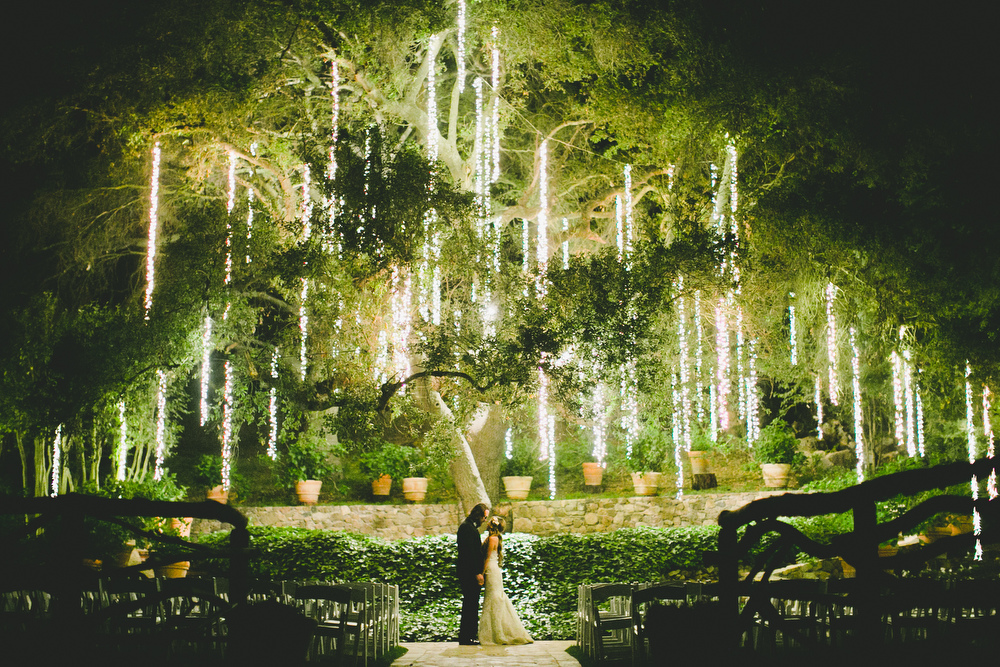
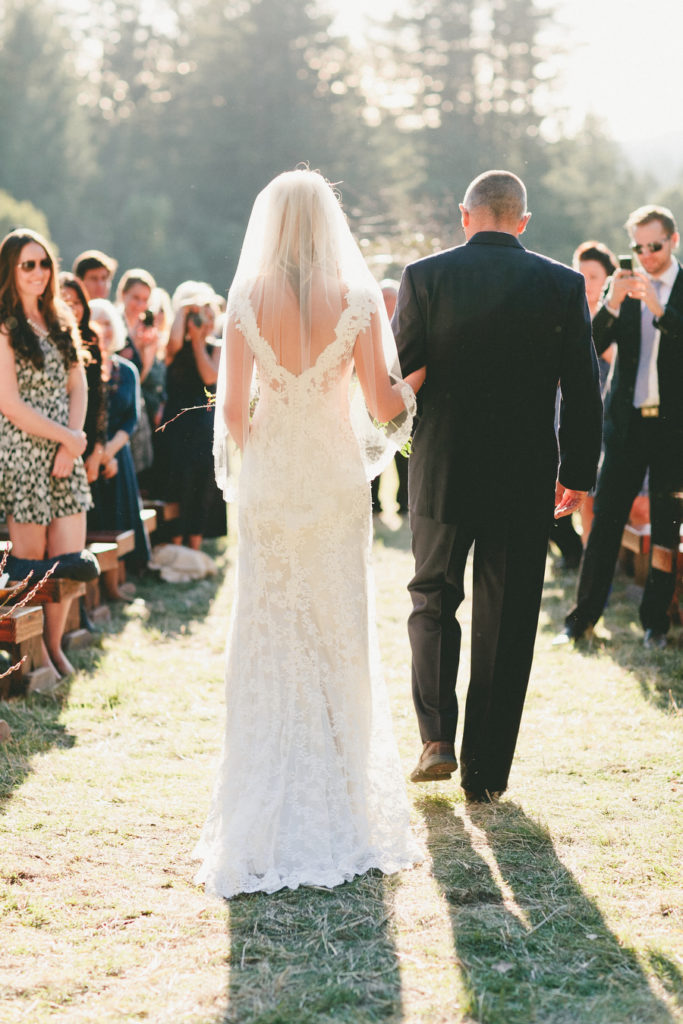
Add a comment...